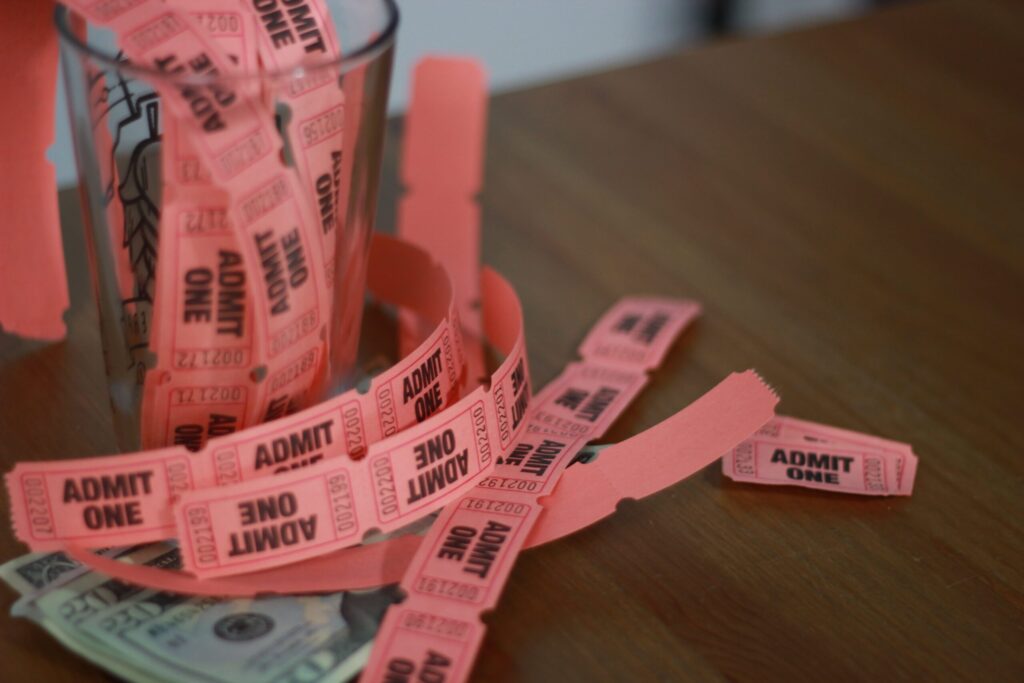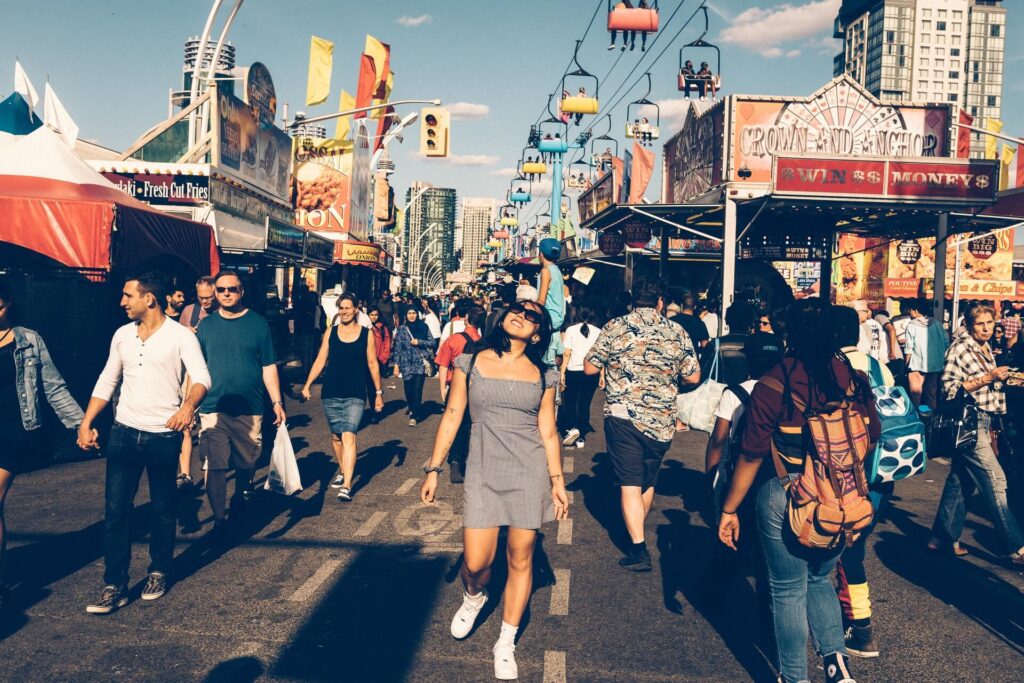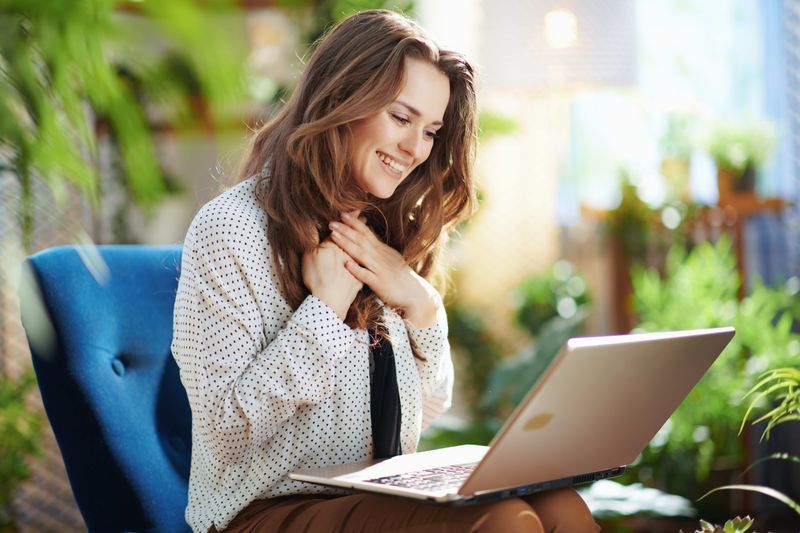Event Marketing
9 Event Photography Tips for Organizers on a Budget
What better way to market your next event than by giving potential attendees a glimpse of what they can be a part of? On top of capturing unforgettable memories, event photography is a powerful tool for curating the perfect promotional materials to sell out events! If you follow our event photography tips, you and your staff will snap awesome photos without needing to budget for a professional photographer. Read on to learn how to take your skills up a notch, using only your phone.
1. Create a photography shot list
Using your event's agenda for reference, put together a shot list that maps out all the key moments throughout the day. Whether it's a guest speaker or an opening act, you'll know when and where to be so you'll capture the perfect shot. This is just a starting point though! While your shot list is a helpful guide, there are plenty of other photos you'll need for your Instagram stories and other social posts. In between your main event programming, keep your eyes peeled for photo ops of event goers having a blast. This can include your attendees singing along with your artists, picking up delicious food from your vendors, or getting into the competitive spirit while playing lawn games.
2. Get creative with shots
Now that you've planned out your event photography ideas, make sure you're getting a variety of photos that feel organic and that best represent your event experience, including:
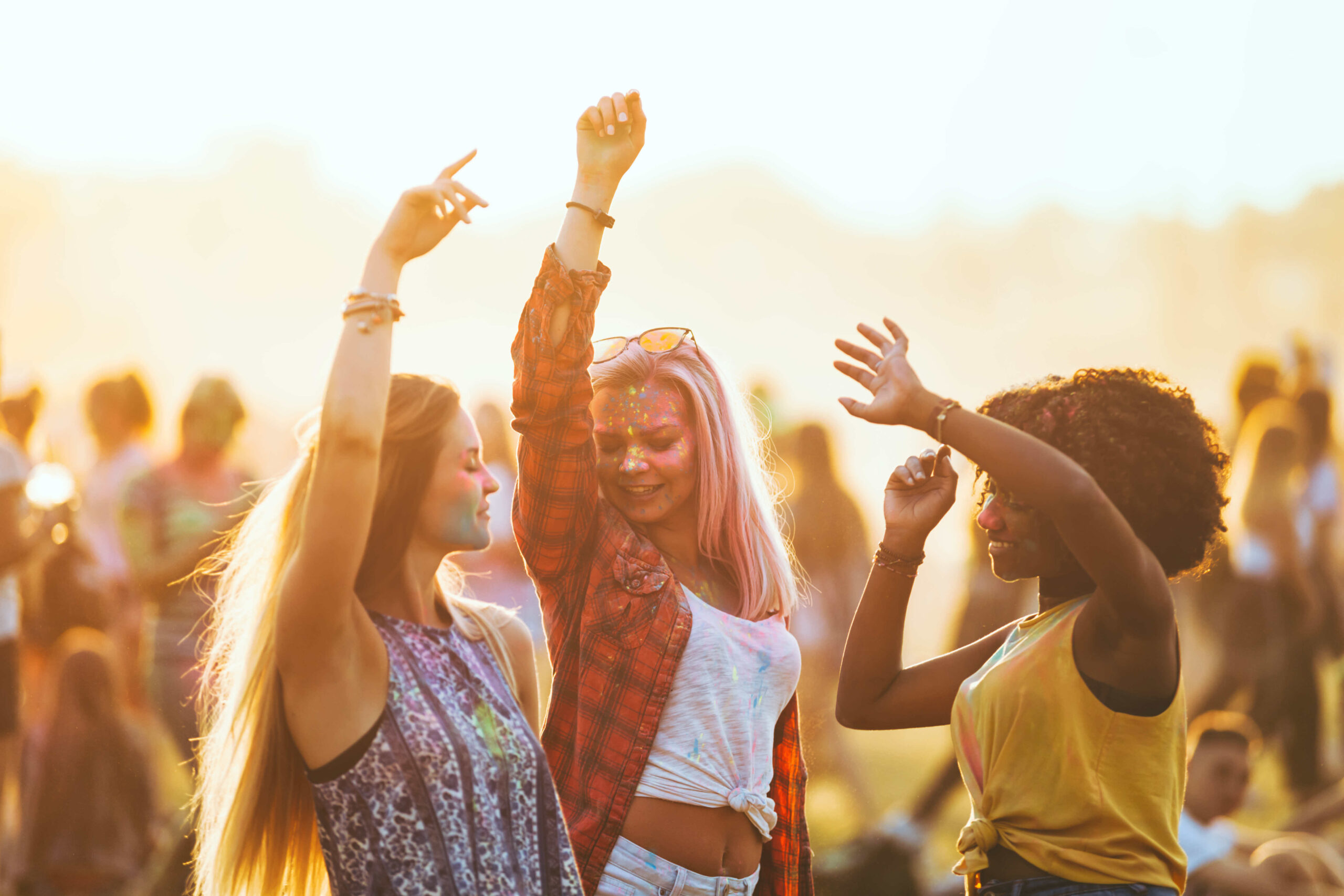
Candid
Some of the most powerful shots you'll take are organic reactions of your attendees enjoying your event. However, getting these candid photographs is all about timing. Because they're unplanned and capture people fully immersed in the moment, you'll need to keep a keen eye out for these picture-perfect moments!
Posed
Throughout your event, find groups of attendees who are ready to strike a pose for an impromptu photoshoot. Be sure to tell them you're part of the event staff and that they might make it on your social media accounts. If you need to help loosen them up in front of the camera, give them a compliment or ask how they're enjoying your event. This will create a more relaxed atmosphere for posed photos and make your guests feel more comfortable!
Burst
Burst photos are a great way to capture things that happen in the blink of an eye. For example, if you're hosting a haunted attraction, this feature is perfect for action shots or even a jump scare! To do this on an iPhone, slide the camera button to the left, and it'll immediately start taking photos in burst mode. Android phones can vary, but some allow you to hold down the camera button to start taking burst photos.
Tripod
A tripod is the tried-and-true method for combating shaky hands to take flawless photos. Simply set up your tripod, get a clear line of sight to your subject, then snap away! This is useful for high res crowd shots, performances at a central location or stage, or low light events like a late night sports game or haunted attraction.
3. Arrive early
As an emerging shutterbug who's learning the ropes of photography for events, you'll want to stay on top of your game! Set aside time during your pre-event preparations to get a lay of the land and make a plan to complete your shot list. Not only will you be able to snap a few shots of the event setup you've worked so hard on, you'll also be ready to photograph your attendees' reactions when they first walk through the gate.
4. Change perspectives
Want to add some extra flair to your camera roll? Experimenting with your camera angles can help you to get a more diverse portfolio of photos when shooting events. For example, in addition to taking pictures of attendees, snag some detail shots of what they're doing or where they are. This is especially fitting for more intimate venues like a cooking class or wine tasting. For larger events, be sure to take some aerial shots of an excited crowd or a busy exhibit!
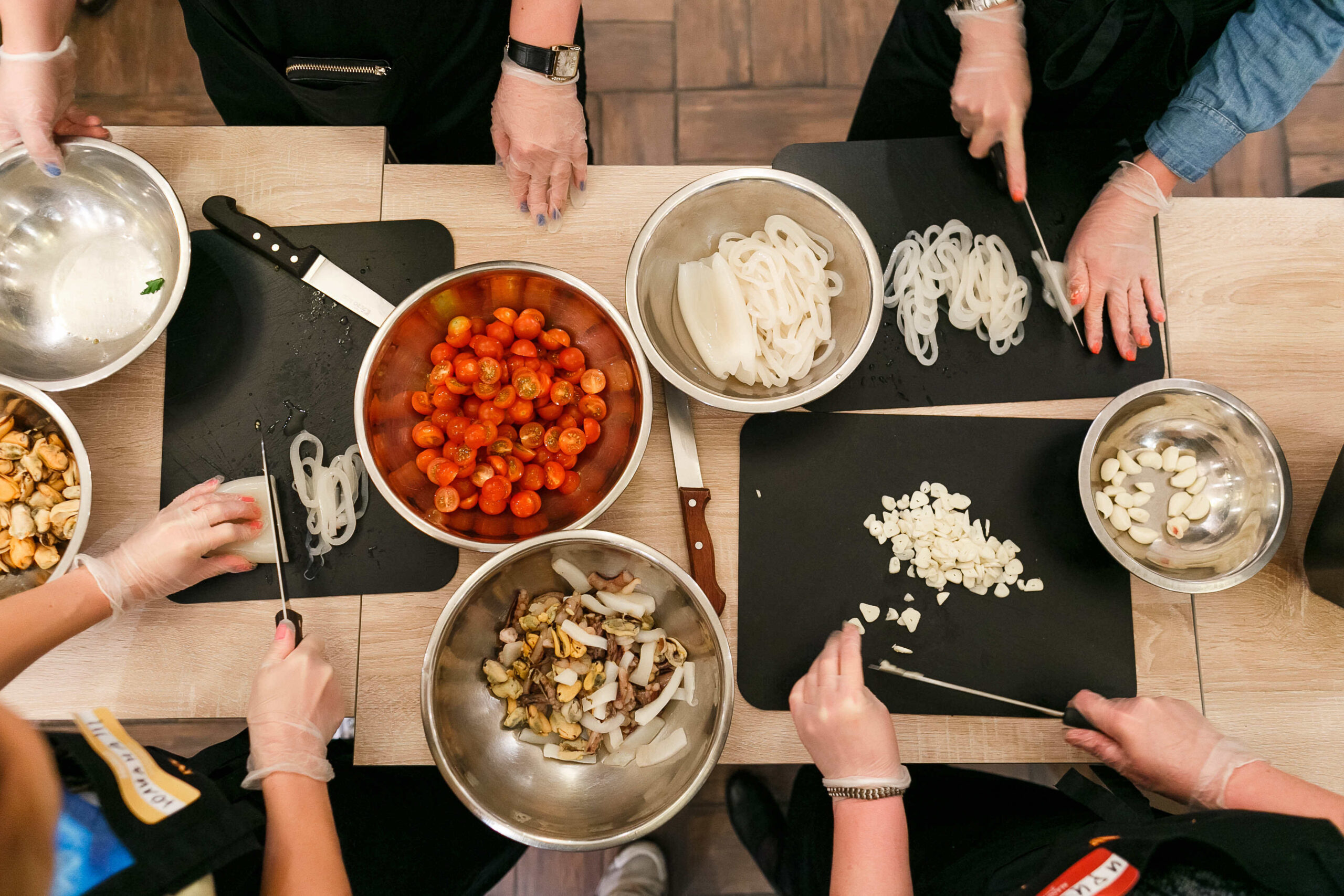
5. Find the right lighting
Remember, when it comes to taking professional-looking event photos, good lighting is not just a bright idea, it's a must have! As a golden rule, take advantage of natural light whenever you can. This is especially important if you don't have room in your budget for on-the-go lighting equipment like rings lights. Simply position yourself so the light is in front of your attendees, illuminating them and avoiding unnecessary shadows. If you do need to use flash, don't let your guests feel like a deer in headlights! Angle your camera slightly so the light isn't directly facing them. That way, you'll avoid red eyes from the flash hitting them head-on.
6. Check your camera settings
Now that you've mastered how to photograph events using burst and flash photos, there's so much more you can do! Spend some time experimenting with your different camera features, like portrait mode, panorama, or high dynamic range (HDR). Want to photograph vivid imagery? HDR can help colors appear more vibrant and capture details in dark lighting. Want to put your attendees in the spotlight? Portrait mode is great for putting your subjects in sharp focus with a blurred background. Need to capture a large group that doesn't quite fit in frame? Panorama shots are the solution. Those are just a few of our favorites, but there's plenty more options to discover!
7. Utilize the Rule of Thirds
Take the guesswork out of your framing! Use the Rule of Thirds to perfectly frame your subject and draw viewers in with more dynamic shots. To do this, imagine your image is cut into nine equal squares, like a tic-tac-toe board. Place your subject in the left or right third of your shot while leaving the other two thirds open. This makes your photos more balanced against the background and draws attention to your subject. To make this easier, turn on gridlines in your phone's camera settings to place faint lines over your phone screen.
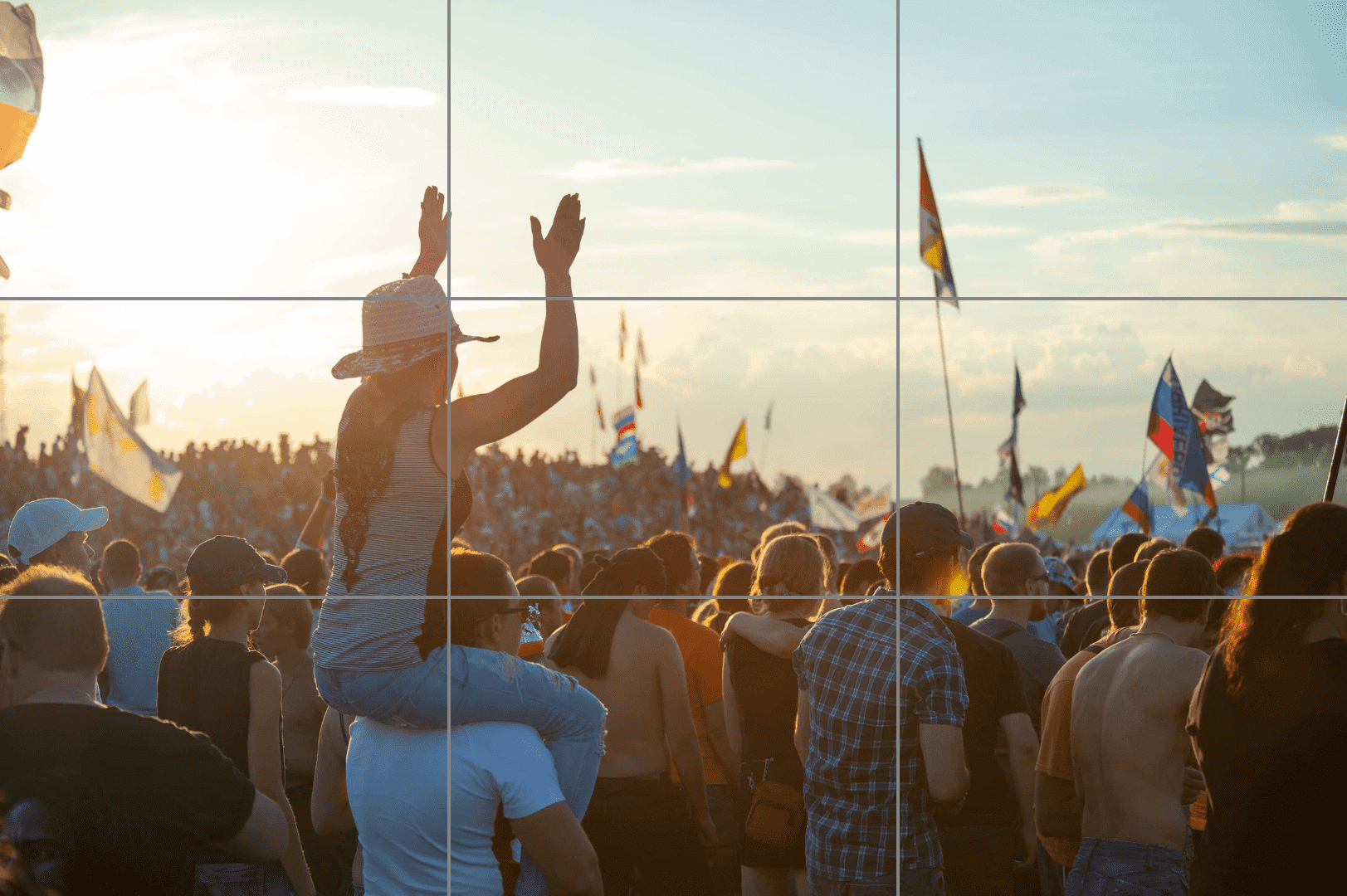
8. Portray a unified message
Remember to keep your event's purpose in mind so you can tell a cohesive story through your photos. You want them to perfectly represent your event and tie into your event marketing strategy. For example, if you're hosting a local community event, your photos should highlight how you're bringing people together. Even the way you edit your images should fit the feel of your event! If you're hosting a color run, you don't want to post your photos in black and white, right?
9. Be a fly on the wall
The best event photographers are like ninjas – they're masters of going unnoticed. Your goal should be to take the perfect pictures without distracting from the event or blocking any attendee's view. You may need to be swift in maneuvering around crowds, dress for the occasion without drawing attention to yourself (many photographers opt for an all black outfit), and visualize your plan of action before getting into position. Master the art of blending in, and you'll catch those genuine event moments that attendees will remember for years to come.
Now that you’ve used our tips for event photography to get tons of new photos, show them off on your next event listing using TicketLeap! Our intuitive ticketing system is packed with easy-to-use features to help create awesome events. In just minutes, you’ll see how TicketLeap can help you sell out tickets with ease!
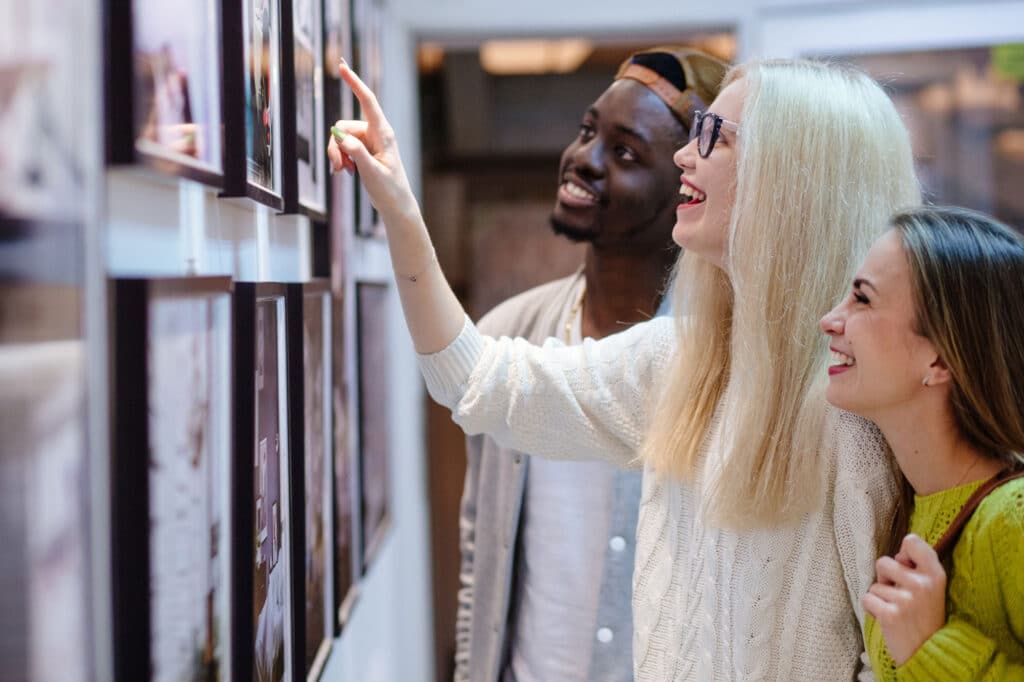
Using a Free & Intuitive Ticketing Platform
Stay Ahead With Our Latest Event Articles Delivered Straight to Your Inbox
Subscribe today to elevate your event planning game!
Receive exclusive insider tips on how to:
- Plan a successful event
- Maximize your ticket sales
- Optimize your marketing campaigns
- Ensure your event day runs smoothly
